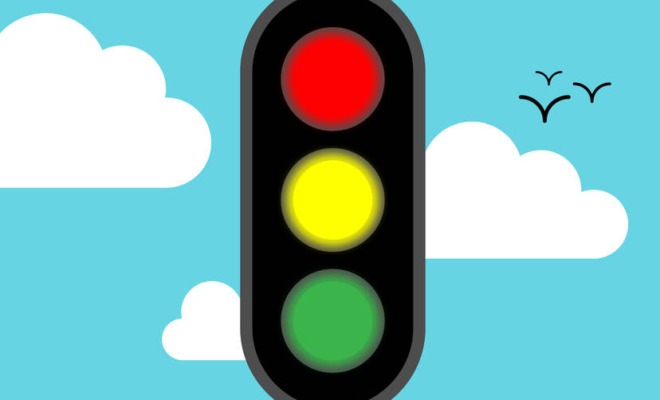The Ultimate Guide To Understanding Traffic Signs

Every day, millions of us drive on roads and use signage to travel safely and efficiently. The signs we encounter often convey complex and often confusing information, and we often struggle to understand them. This feeling of confusion can lead to accidents. However, understanding the rules of the road is simple, and the signs you see are written in plain English. Just about every country in the world uses traffic signs to help people navigate around their cities. These signs are pretty widespread, so it’s not surprising that people have devised entire vocabularies to describe what they are.
Speed Limit
A speed limit sign is a traffic control device that indicates the maximum speed that a vehicle may travel on a particular section of road. Speed limit signs are usually placed on the road before the section of road at which the maximum speed is imposed. They are also used on some sections of motorways, expressways, freeways and highways. Many places also have advisory speed limits, which are usually 30 km/h (19 mph) or less below the posted speed limit.
Intersection Signs
It is not uncommon for intersection signs in Australia to use both street names and cardinal directions in their designs. Some intersection signs even confuse the two, and that’s understandable: Both street names and cardinal directions can be used to describe the setup of an intersection. But here’s the thing: the street names and cardinal directions should not be mixed.
Guide Signs
Guide signs can provide us with useful information, however we all know they can be misused and abused too. Guide signs are important and should be well kept and properly installed and maintained. There is no need for them to be changed unless there is a change in the layout or to make them more user friendly. You can get these signs from Artcraft.
While some signs are meant to be read by drivers, most signs are intended for pedestrians to read. Since they are intended to be read by pedestrians, most traffic signs are placed on the side of streets, rather than on the road itself. However, sometimes it is necessary to place signs on the road itself, for example, if an intersection is not wide enough to fit the placement of the signs on the side of the street.
Yield Signs
Yield signs are used to indicate the point at which drivers should slow down for a crossing intersection. The purpose of these signs is to inform drivers of the potential hazards (such as pedestrians or traffic) at the crossing. They also warn drivers of the intersection ahead to allow them to make an informed decision of whether to proceed.
The yield sign, often referred to as the Yield or Stop sign, is a traffic control device used to control traffic at intersections. It is one of the most common road signs, along with the stop sign. There are different versions of the sign, depending on the type of road, but they are all designed to stop or slow down vehicles by displaying a stop sign symbol. The Yield sign is used to indicate that the driver of a vehicle should yield to traffic that is already in the intersection or approaching it.
Final Words
Knowing the rules of the road has become a lot of fun. Understanding traffic signs can be a fun way to learn more about a culture for a tourist or a way to understand the layout of a city when you are local.








